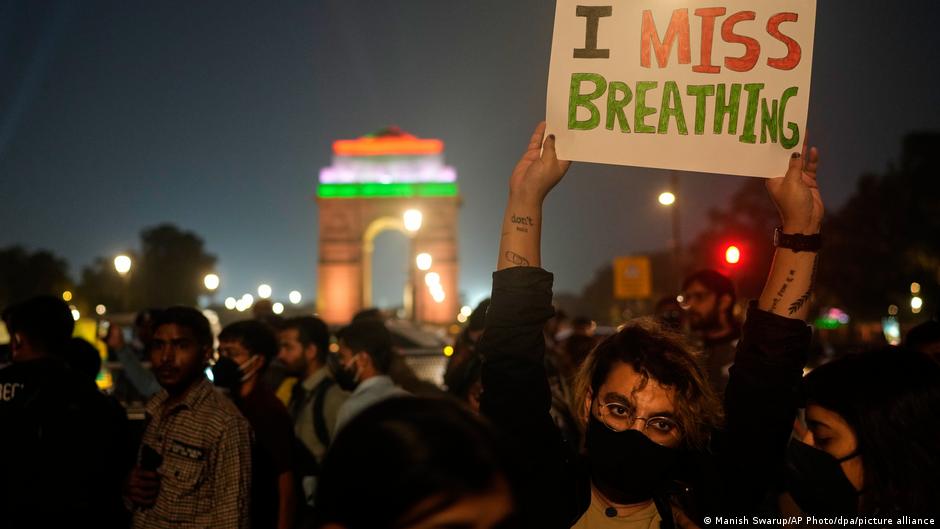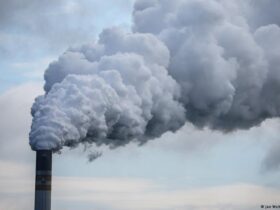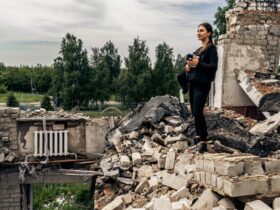Hundreds of people gathered in the Indian capital New Delhi on Sunday to protest the growing public health crisis caused by air pollution and demand government action.
Riot police dispersed the protesters and detained dozens of people, saying they did not have the right to demonstrate at the symbolic India Gate Plaza.
Opposition leaders criticized the detention of peaceful protesters, with prominent opposition leader and National Congress (INC) member Rahul Gandhi stressing that “the right to clean air is a basic human right.”
New Delhi’s air quality index stood at around 344 as of Monday morning, which is “severe” level as per the World Health Organisation’s recommended exposure threshold. India Today on Sunday recorded the index at 390.
Hazardous air quality peaks ahead of winter in New Delhi
A metropolitan area of approximately 30 million inhabitants, New Delhi is often ranked among the most polluted cities in the world.
Air pollution in India’s capital regularly rises to dangerous levels ahead of the winter months, as construction dust, engine exhaust and smoke from burning farms create a thick haze, causing lung and heart conditions, eye and throat irritation, headaches, skin irritations and coughs.
“Year after year, it’s the same story but there is no solution,” lawyer Tanvi Kusum told the French AFP news agency. “We have to create pressure so that the government at least takes this issue seriously.”
Over the weekend, air pollution levels rose to “severe” and “hazardous” levels in parts of the wider region, as India’s National Air Quality Index (NAQI) reported. These levels are classified as posing a “severe” health risk to people with pre-existing conditions.
What is the reaction of the Indian government on poor air quality?
In line with the Graded Response Action Plan (GRAP), Delhi authorities have responded by strictly controlling dust at construction sites, restricting the use of diesel generators and engines, and even making efforts to induce rain with cloud seeding.
The extension of GRAP restrictions will bring construction work to a near halt and most schools will have to be closed, with classes being conducted online. Officials are considering this decision but it has not been implemented yet.
The ruling Bharatiya Janata Party (BJP) has said it will “continue to make every possible effort to rid us of pollution.”
The majority of the world’s most polluted cities are in India, according to a report by Switzerland-based air quality monitoring database IQAir earlier this year.
A Study A link between long-term exposure to air pollution and approximately 1.5 million deaths per year in India has been suggested by Lancet Planetary Health.
On Sunday, protester Namrata Yadav told AFP news agency that she had come to protest out of fear for her future.
“I’m here because I don’t want to be a climate refugee,” she said.
Edited by: Rana Taha






Leave a Reply